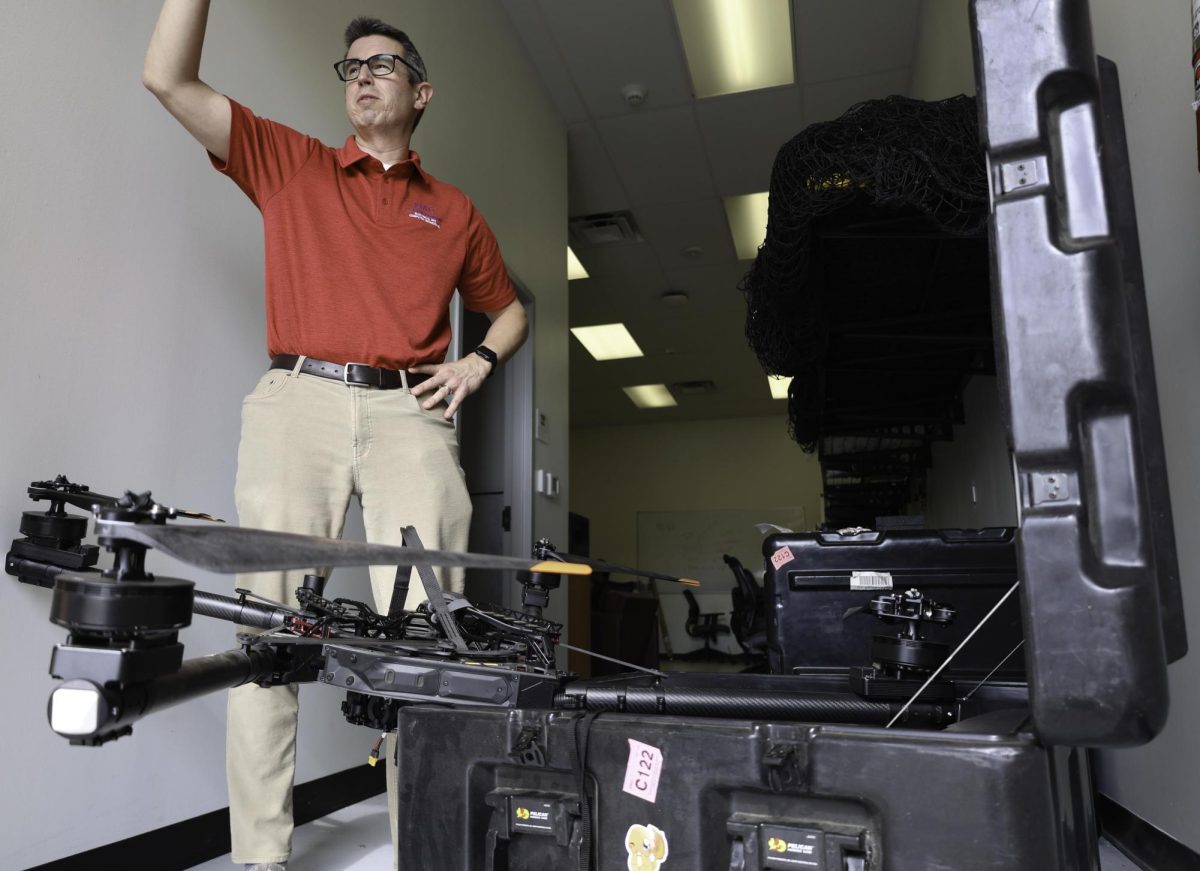SMU Italian professor Daniele Forlino, at first nervous about the transition online, is now a firm believer that online class can be just as effective as in-person class.
He believes his online class is equally productive as normal class and praises his students for remaining positive during a strange time in their education.
“I was brought back to my first day of teaching. At that time, as soon as I entered classroom and saw my students for the first time, I forgot my fears as I saw how eager they were to learn Italian,” Forlino said. “I felt the same way entering my Zoom class for the first time, that same incredible energy that instructors receive from their students, whether online or face-to face.”
As language classes are all about oral practice and immediate feedback, Forlino says that teaching a language class via Zoom requires a different set of skills than teaching this type of class in a physical classroom.
“Certainly, a language class includes some ‘physical components,’ from gestures –especially for Italian – and mimicry, to facial expressions, not to mention the importance of the instructor’s presence to provide immediate feedback (pronunciation, tone, etc.),” Forlino said.
However, some advanced Italian students feel the physical language components of Italian class are less vital to their learning experience at this point.
“We are at the point where are aren’t necessarily learning large portions of the language, so the virtual class is almost no different than in-person,” said Dina Sacaccio, a student in Forlino’s class.
Forlino believes a language class online can still be as productive as physical class because it creates a more democratic classroom environment for the students, where each student has equal opportunity to speak up. He also believes that the transition to online class gives teachers a chance to develop new communication skills.
“Our Italian language courses already included activities and asynchronous forms of interaction through Canvas but teaching in a fully-online environment still requires a different set of skills,” Forlino said. “This is a great opportunity to develop our skills within those authentic contexts.”
Though buffering and maintaining engagement are two large issues that come with Zoom, one positive aspect highlighted by many students is the fact that lectures are recorded for exam review purposes.
“Having recordings of the lectures makes it easier to go and review stuff for HW’s and exams, but all in all I would say learning is more difficult with online classes,” Italian student Marcelo Sambria said.
Forlino added that the Italian department’s Intersession online courses – in May, Summer, or January term – prepared them well for the transition to online classes this spring.
“We have to remember that we are teaching in the context of a pandemic, which poses its own set of challenges as we try to promote a positive and productive learning environment,” Forlino said.
Despite the challenges that come with the pandemic and transitioning to virtual learning, students and faculty have remained positive.
“I have been humbled to see my students embrace these challenges with tenacity, determination, and a surprisingly bright outlook,” Forlino said.















